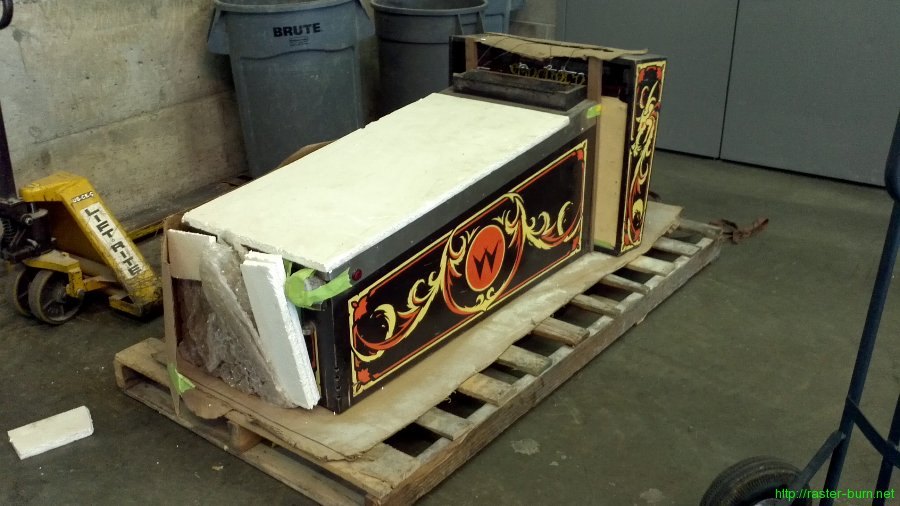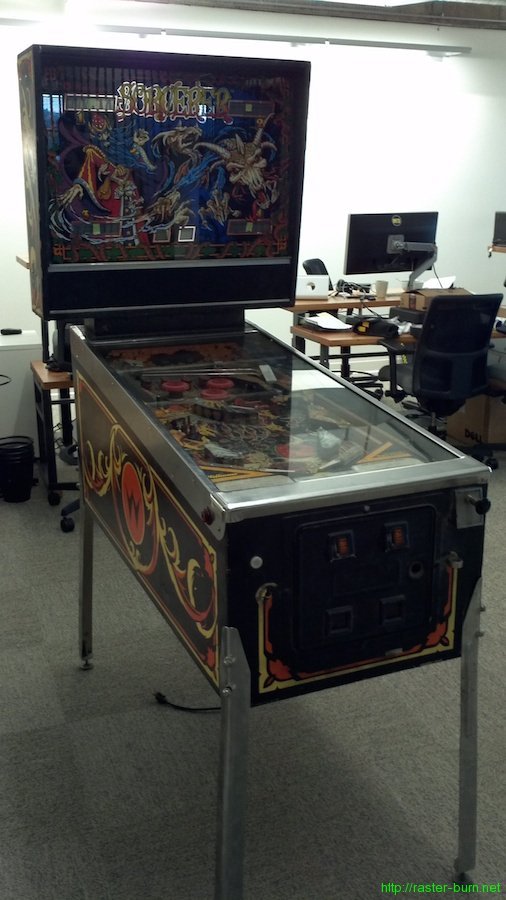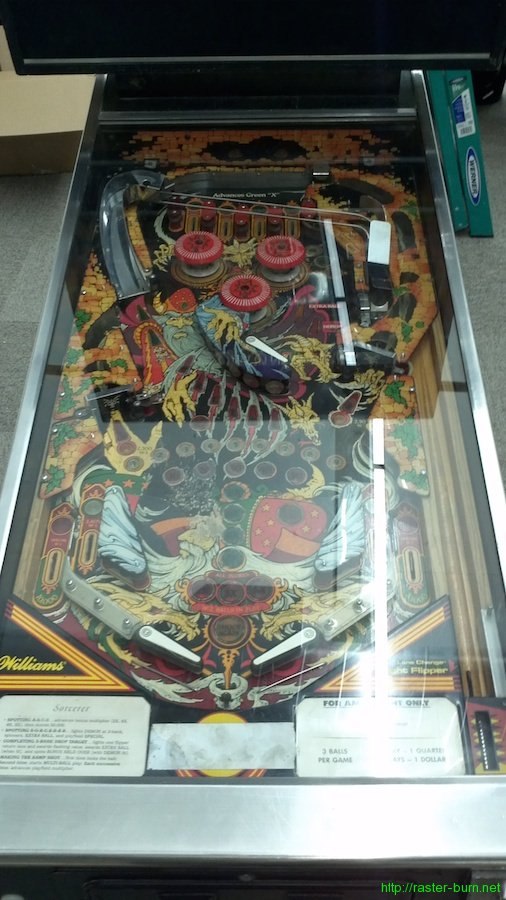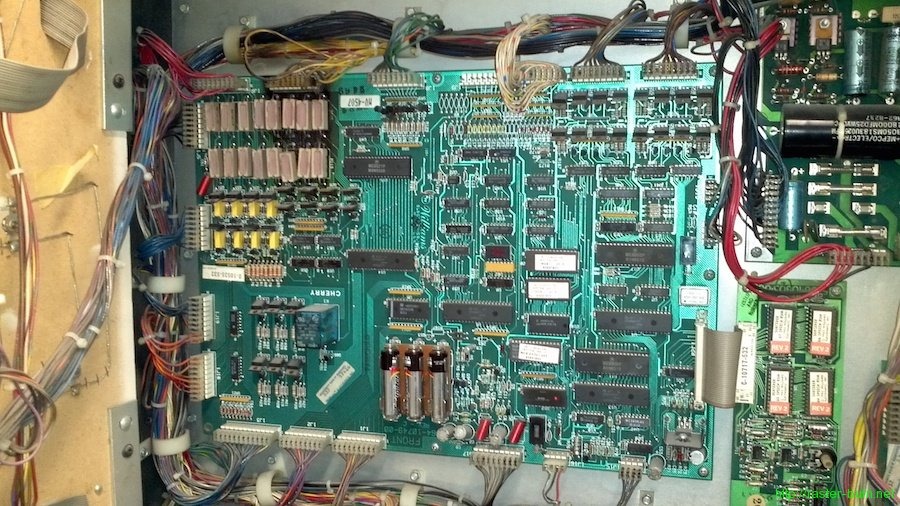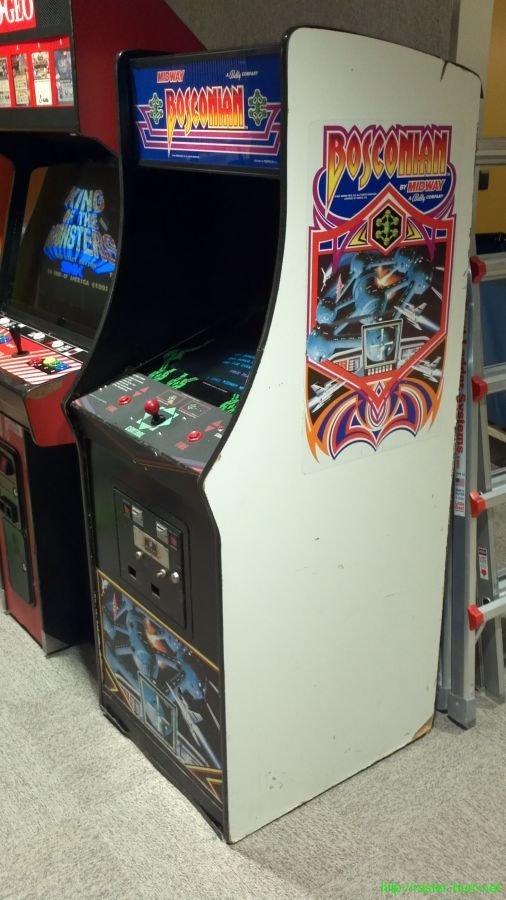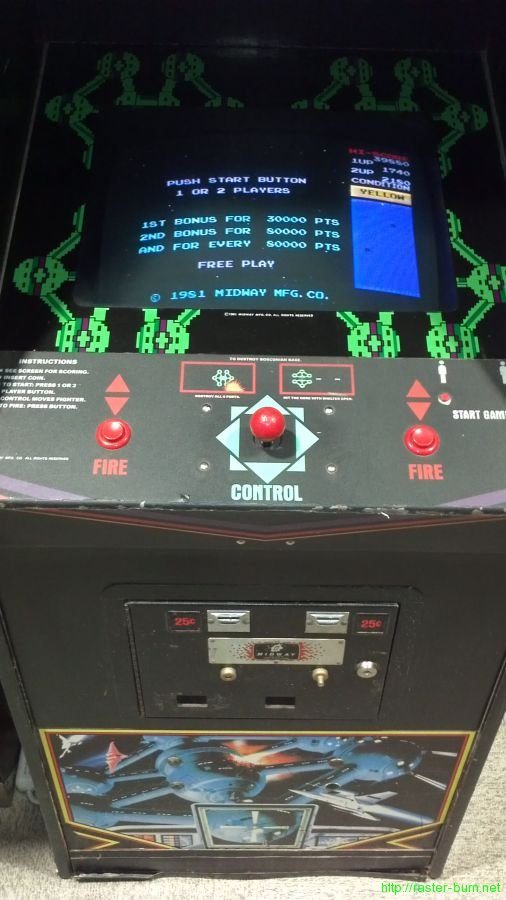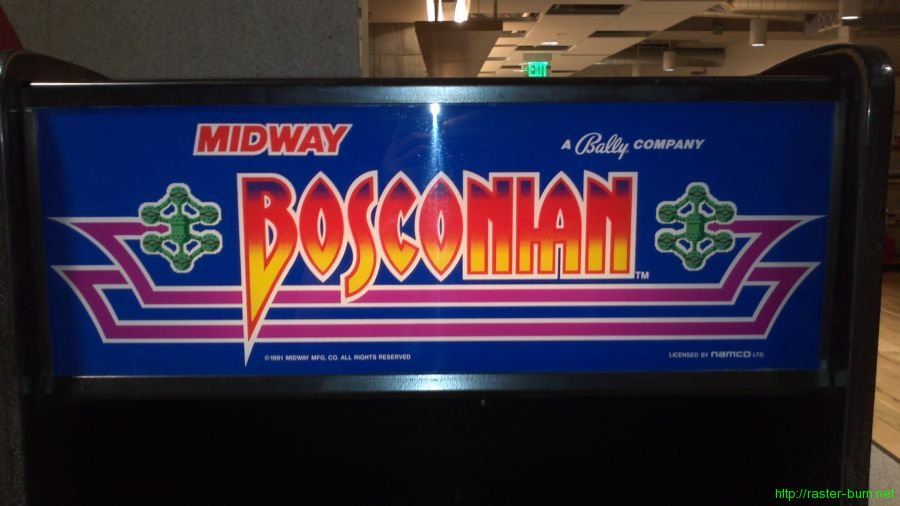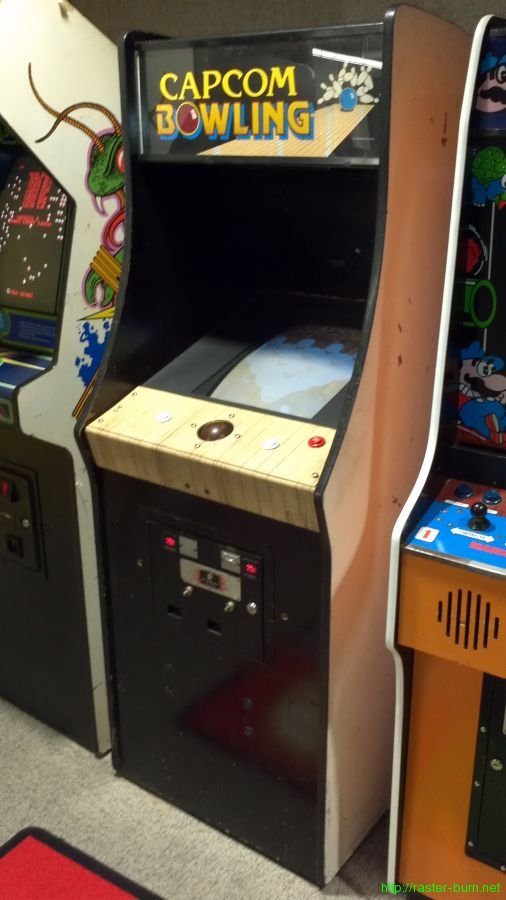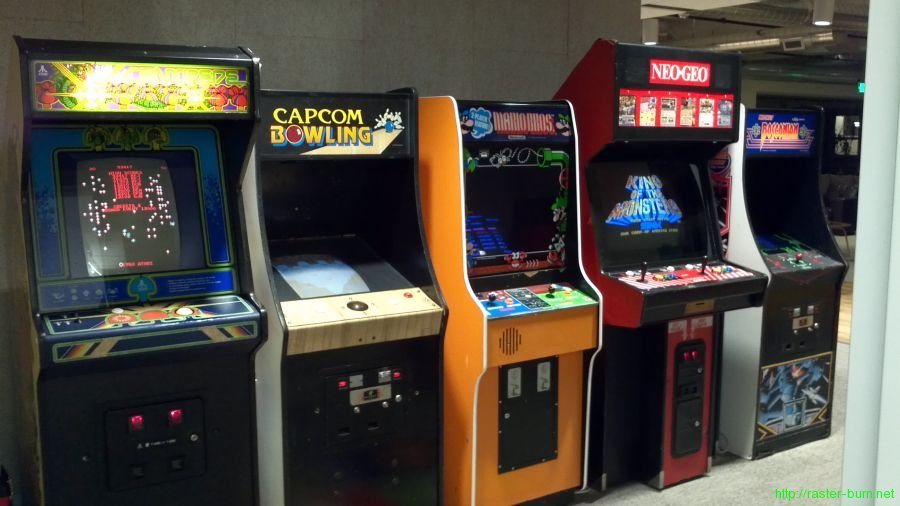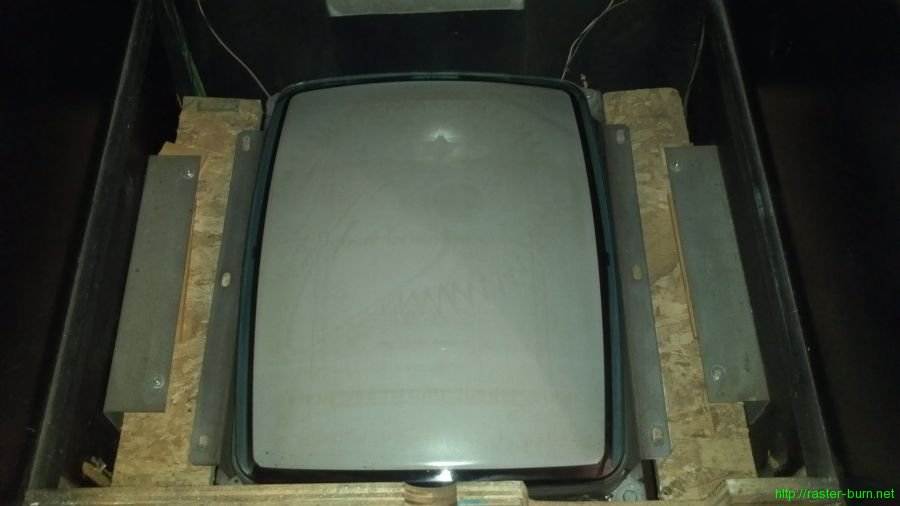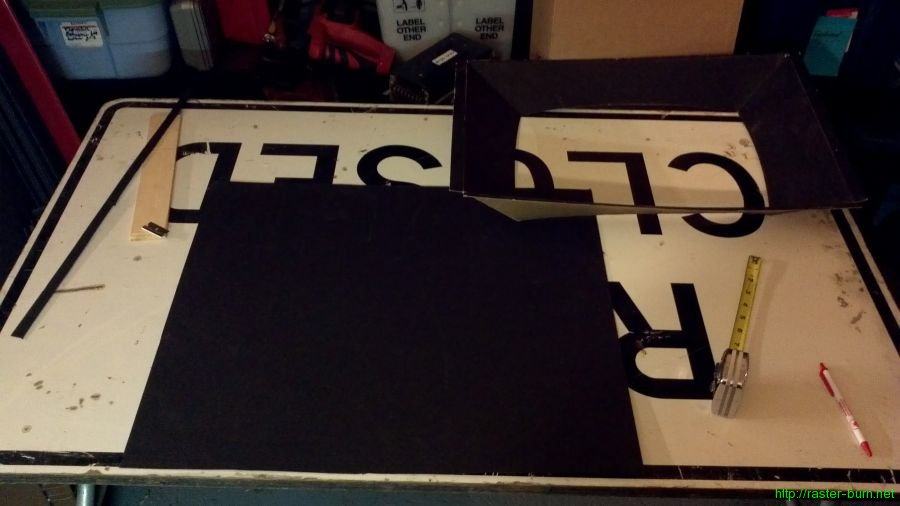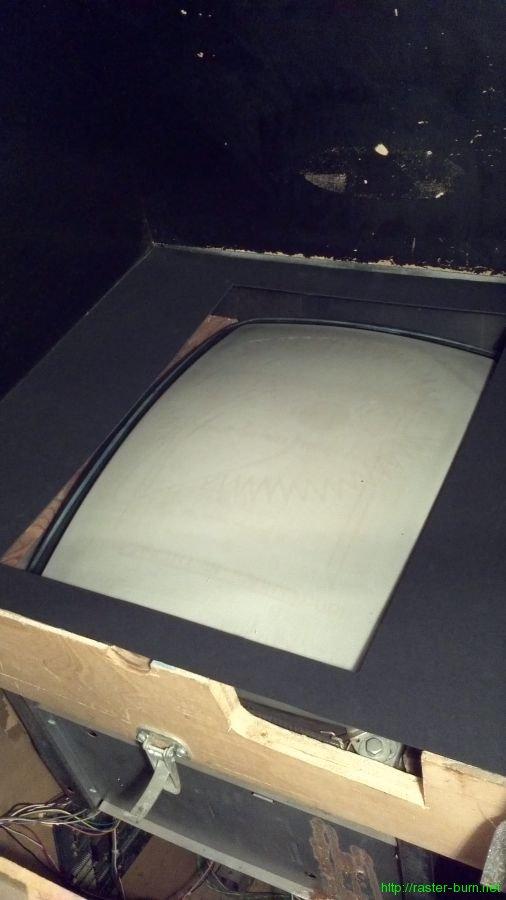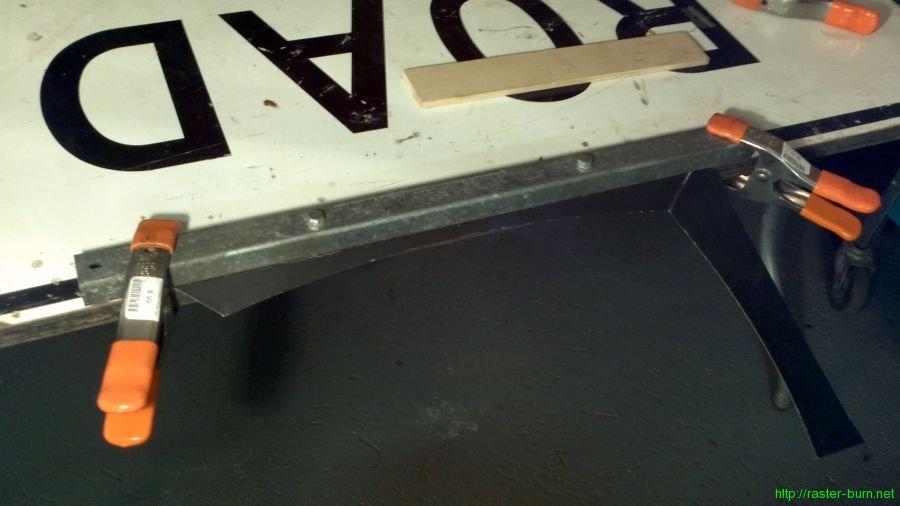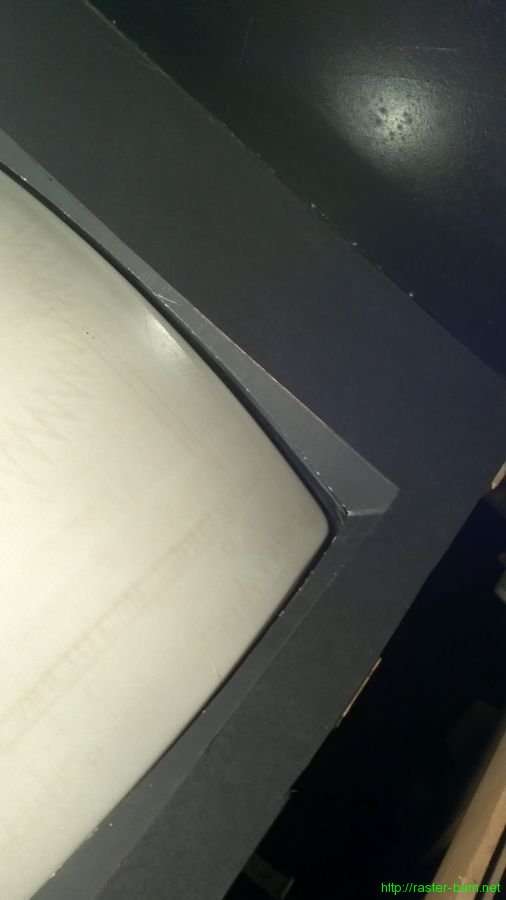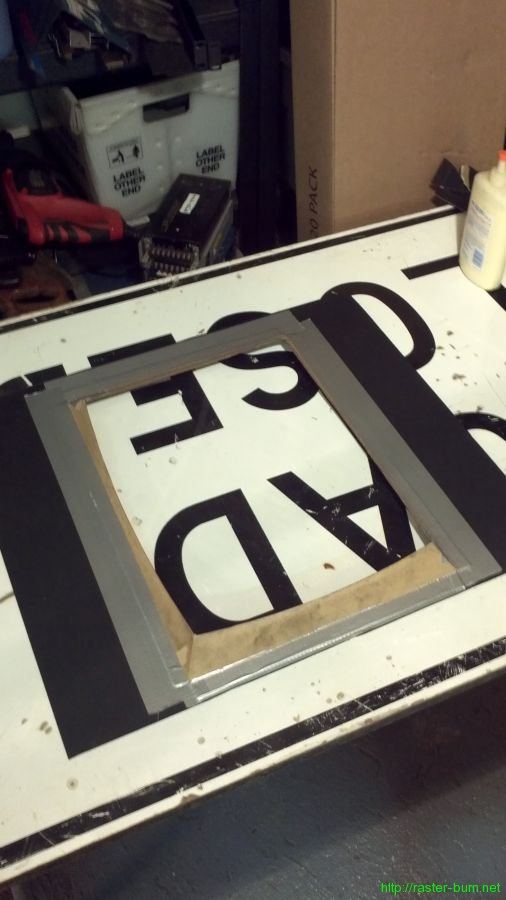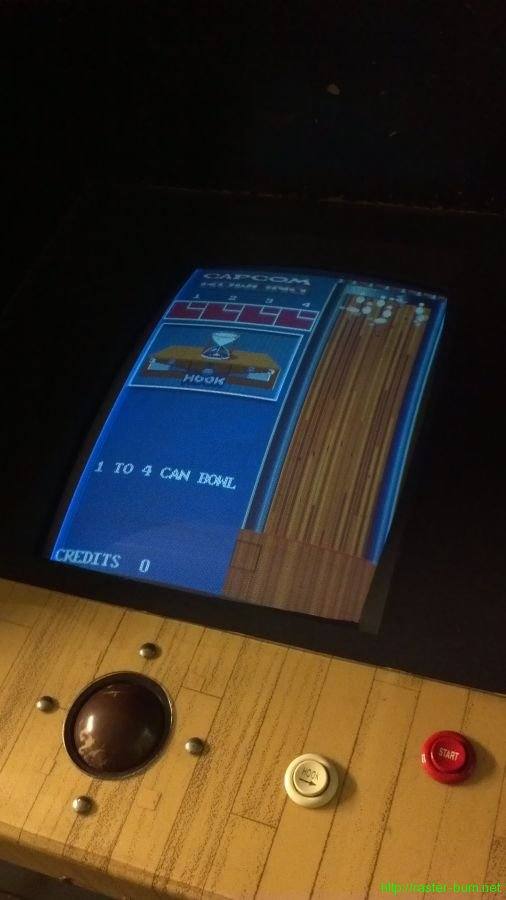This post has been awhile in coming. Years for sure, maybe over a decade depending on how one cares to count. The machine it’s about, a Williams Sorcerer pinball, had been sitting in one of the back rooms of my parents’ shop in Anchorage for long enough that I can’t quite remember exactly when it showed up.
A couple years ago, when I first started repairing arcade games again, I went up to the room Sorcerer and some other pins were in and dusted them off to appraise how tough they’d be to fix. That Christmas my dad gave me two of them to ship down to Portland and repair for myself. It took some time to figure out the logistics but the first of them finally made it down to the Lower 48 last December.
It’s definitely a player’s quality machine, with signs of having been on route for a long time and then put away without much attention paid to it afterwards.
Still one of the coolest looking tables I’ve run into. I haven’t actually gotten to play one yet though. This Sorcerer is only the second I’ve seen in person, and the only one I’ve actually gotten to lay hands on.
This machine promises to be an involved project, given the extent of the damage, but I’m pleased to be its steward.

